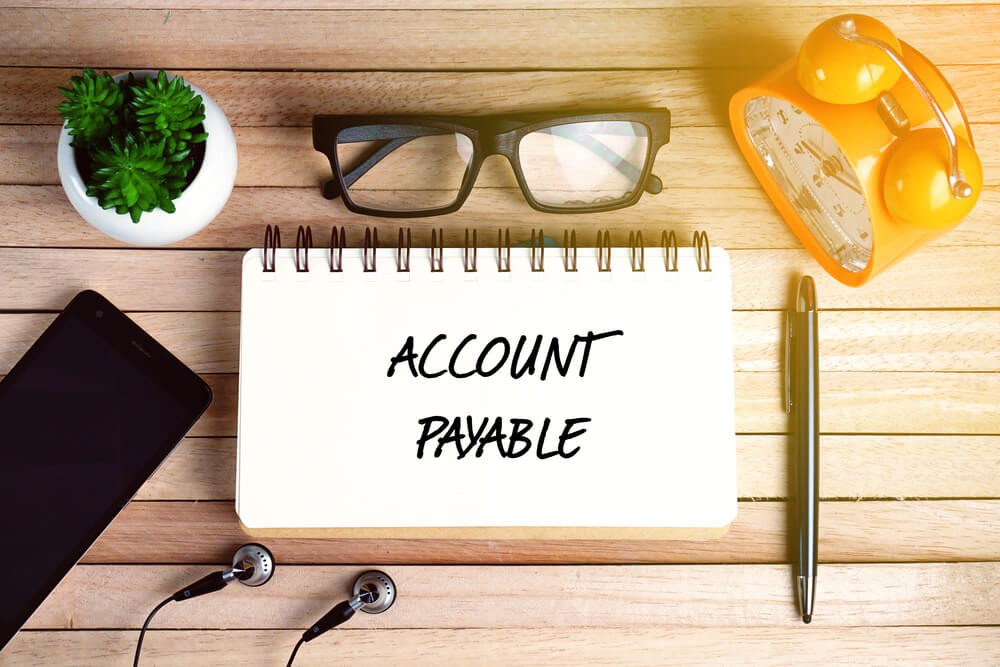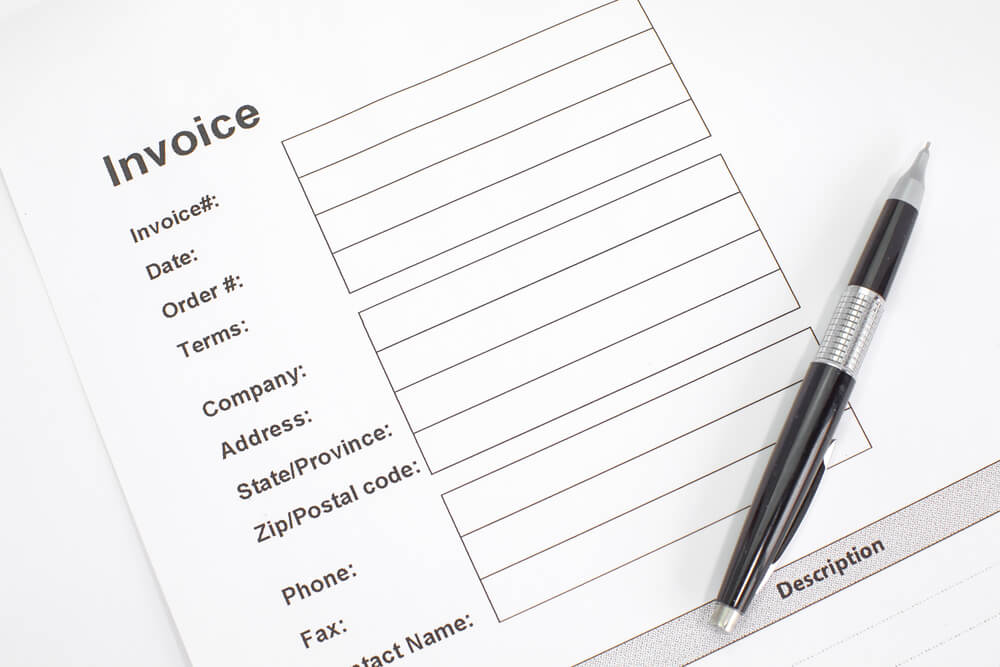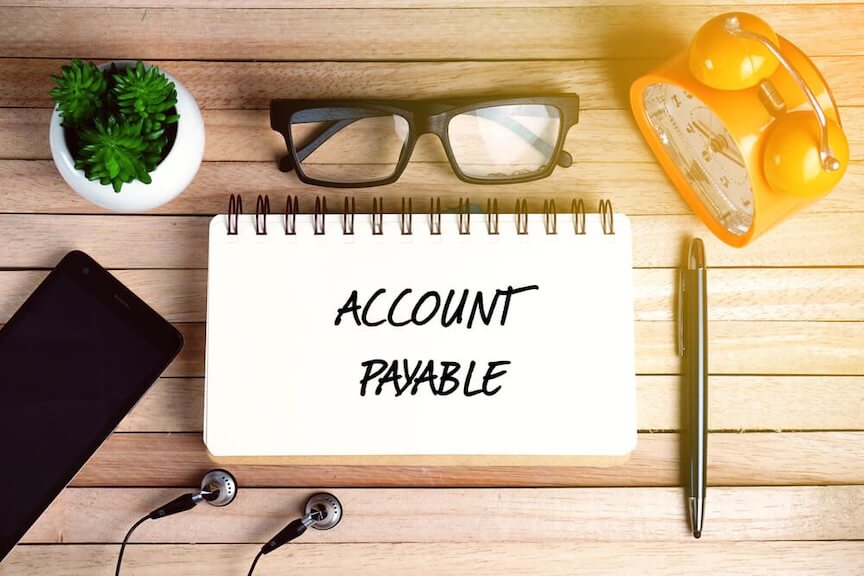Accounts payable is one of the most problematic liabilities on any balance sheet. It refers to short-term debts owed by the business to suppliers and vendors. This debt typically has a specified time limit and must be paid to avoid default. Keeping this column of the balance sheet under control is crucial for managing your business’s cash flow. Due to its essential nature, accounts payable is typically a division within the accounting department. This article examines the common challenges in standard accounts payable that businesses face. Continue reading to discover the solutions to each of the problems.
Major Account Payable Challenges
Accounts payable managers are expected to manage various payment channels in the modern business environment and oversee multiple employees. Despite their best efforts, things still go wrong. Here are some of the significant accounts payable problems.
Manual Data Entry Errors
Many businesses still rely on manual data entry. The process begins with entering the vendor invoice details, getting approval, and finally completing the payment. If each of these steps is entered manually, errors are likely to occur. As a result, the calculations and even payments will be incorrect. The ripple effect can render the entire accounts payable data inaccurate. Such mistakes can result in the business incurring unnecessary expenses through overpayments. It can also damage the relationship with vendors and creditors. Fixing such problems often requires combing through pages in Excel to find the problem. A lot of time and resources are wasted in correcting these avoidable mistakes.

Unauthorized Purchases
Every business has rules regarding who is responsible for approving invoices before payments are made. Manual systems are very inefficient; it is easy for the staff to get overwhelmed by the number of invoices or payment modes to track. Amid the confusion, unauthorized purchases can be approved. For instance, the accounts payable manager may decide to approve all invoices to avoid a backlog. Such inefficiencies also expose the business to fraudulent transactions.
Slow Processing
Manual processing of accounts is often slow and laborious. It means that a few people are tasked with approving each invoice before making payments. Although a smaller business can try to keep up, it is impossible for medium and large companies. It also doesn’t help that invoices come from different sources. Most are emailed, others are faxed, and some are handwritten. Interpreting these takes even more time. By the time payments are made, the business may have missed out on any early-bird discounts that were available. In extreme cases, the company may be required to pay late fees. These amounts add up and can cost the company a fortune.
Poor Record Keeping
Falling behind in processing invoices is a slippery slope. You will likely continue to sink deeper and deeper. The longer you take to process them, the higher the risk of losing or misplacing an invoice. When an invoice goes missing, the only option is to request that the supplier reissue it. You may never know an invoice is missing until a supplier calls demanding payment. It can destroy trust, especially when it leads to issues with accounting for notes payable. Messy record keeping can also lead to lost purchase orders. As you may know, purchase orders help in preventing duplicate and unauthorized purchases. Tracking these missing documents requires more investigative skills than accounting prowess.
Non-Standard Invoices
Throughout its operation, a business interacts with various suppliers and vendors. These entities vary in size and have different ways of doing things. Each vendor typically uses its own invoice, which is never standardized among vendors. This can be a challenge when processing invoices for payment. The accounting staff has to interpret each of these documents before payments are made. A significant amount of time is wasted trying to reconcile the discrepancies. Non-standard invoices can also be misinterpreted, leading to payment errors.
Account Payable Solution
A lot of the challenges in accounts payable can be avoided if the process is streamlined. The more efficient the process, the fewer the errors; even when errors do occur, they can be spotted in time and rectified. Below are possible solutions to accounts payable problems.
Automate the Accounts Payable Process
Automating your accounting system can significantly improve the inefficiencies associated with manual data entry. Using Excel doesn’t count as automation since much of the entry is done manually. With automated software, there is improved accuracy and increased speed. Automating your system also means you can directly import digital copies of invoices. Ensure that you compare accounts payable outsourcing pricing to get value for your money. When choosing software, opt for one that includes a scan feature. It will help you scan handwritten invoices for better record-keeping.
Another benefit of using accounting software is that it has payment reminders. You won’t have to worry about forgetting to pay on time. It will help you avoid issues with accounting for notes payable. The overall effect is a better relationship with vendors and huge savings.
Three-Way Matching
Three-way matching refers to an accounting control procedure that uses three documents to verify invoices. The three papers reviewed are inventory receipts, invoices, and purchase orders. The goal of three-way matching is to look for discrepancies in quality, quantity, and price. Since each is prepared separately, it is the most reliable way to ensure accuracy. Using three-way matching also prevents the business from overspending or paying for goods that have not been delivered. Other benefits of three-way matching include compliance with SAPs and improved accountability among staff.
Go Paperless
While physical documents are not entirely avoidable, you can easily digitize your records. Once you have functional accounting software in place, you don’t need to have all that paper lying around. In most countries, businesses are legally required to maintain records for a specified period. Some companies may have stacks of boxes sitting in a warehouse for years. Fortunately, most companies today have an option of either digital or paper invoices. Always insist on digital copies. They are easy to store, organize, and access when needed. For vendors that don’t have that option, you can scan copies of the documents and add them to your records.
Streamline the Workflow
Many of the challenges in accounts payable are due to inadequacies within the workflow. The entire process, from generating the purchase order to making payments, should be smooth and easy to follow. It should be clear who is responsible for what at each stage of the process. End-to-end visibility ensures a record of who signed for the deliveries or matched the packing slip. It eliminates the hassles of manually following up on discrepancies. However, when discrepancies do occur, it will be clear from the records to call for clarification. The best way to streamline internal processes is by automating the entire process.

Contact Checkissuing for Immediate Assistance
We hope that you now have a better understanding of accounts payable problems and the necessary solutions. As you can see, automation can remedy all these challenges. One crucial component of an automated accounts payable solution is the management of multiple accounts. All your worries can be resolved by using our payment sending and transfer platform. The accounts payable outsourcing pricing is affordable for even small businesses. Don’t take chances with your hard-earned money. Contact Checkissuing.com today and receive a customized quote tailored to your business needs.
Last updated: September 2025

